Table of Contents
- What is a Biological Safety Cabinet?
- Types of Biological Safety Cabinets
- Uses of Biological Safety Cabinets
- Where to Buy Biological Safety Cabinet in India?
What is a Biological Safety Cabinet?
A biological safety cabinet (BSC), also known as a microbiological safety cabinet, is an enclosed, ventilated workspace designed to handle potentially hazardous biological substances. It provides protection for the user, the environment, and the samples by controlling airflow and filtering contaminants.
These cabinets are equipped with lighting, research tools, and safety features to ensure a sterile and secure working environment.
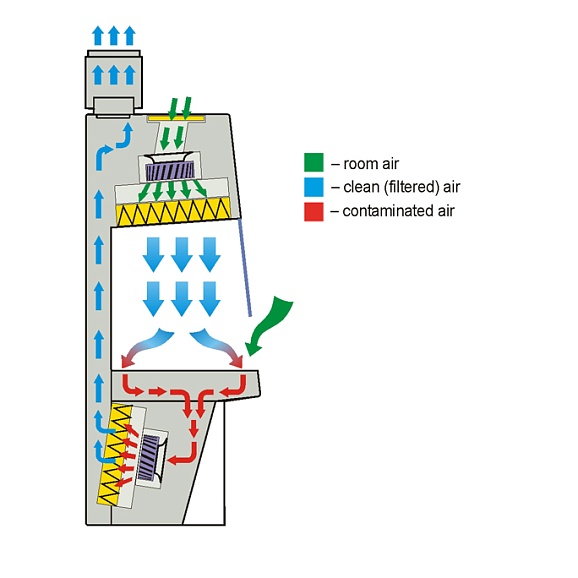
Biological Safety Cabinet Diagram showing the air inlets and outlets, position of the HEPA filters, air circulation pathway and the workspace.
Types of Biological Safety Cabinets
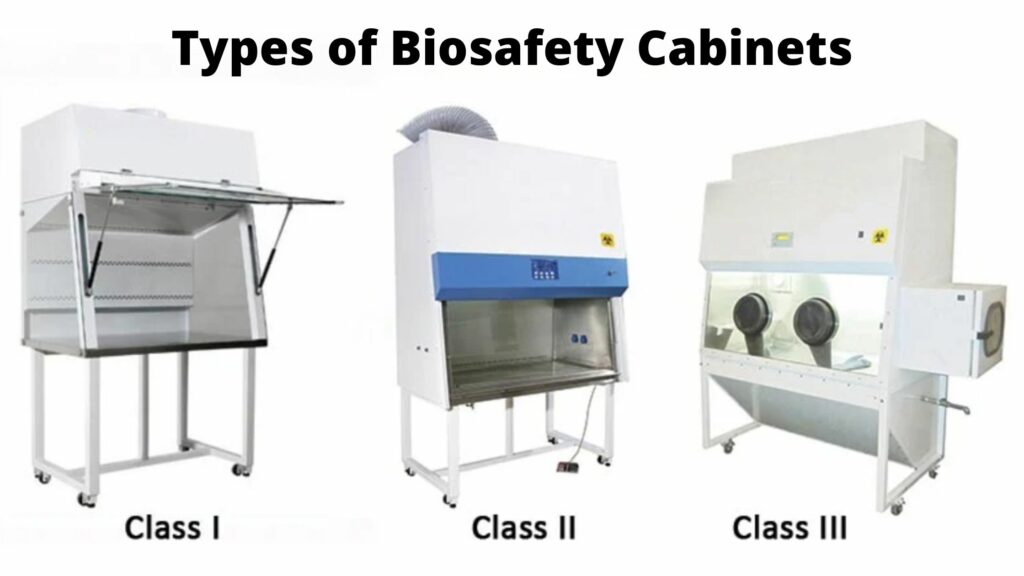
Class I
The Class I biological safety cabinet has a simple and fundamental design. It provides protection for the operator and the environment by drawing inward airflow that captures aerosols generated during microbiological work. This air then passes through a filtration system, typically consisting of a pre-filter and a HEPA filter, which removes airborne particles and contaminants before being exhausted.
- User & Environment Protection: Class I cabinets protect the operator but not the sample.
- Cross-Contamination Risk: Exposure to airborne contaminants may affect experimental accuracy.
- Limited Applications: Restricted use due to contamination risks.
- Obsolescence: Largely replaced by Class II cabinets for better protection.
Class II
The Class II Biosafety Cabinet is primarily used for handling pathogenic biological samples or applications requiring a sterile work environment. It is designed with three key protective features:
- Inflow air – Protects the operator by preventing exposure to hazardous materials.
- ULPA/HEPA-filtered downflow – Maintains an ISO Class 3 clean work surface, preventing cross-contamination and ensuring sample integrity.
- ULPA/HEPA-filtered exhaust – Safeguards the environment by filtering outgoing air before release.
These features make Class II cabinets essential in microbiology, pharmaceuticals, and biomedical research. This is the most commonly used biosafety cabinet in schools, colleges and research institutions. To set up a biosafety level 2 cabinet in your organization, go over here.
Class III
Class III biological safety cabinets offer the highest level of containment, surpassing Class I and II cabinets. However, they are much costlier.
- Construction: Made of welded metal, gas-tight, with glove ports for handling materials.
- Negative pressure: Maintains negative pressure to enhance containment safety.
- HEPA filtration: Exhaust air is HEPA-filtered and incinerated for additional safety.
- Material transfer: Uses a pass-through unit for safe transfer of materials.
- Air exhaust: Air is typically exhausted back into the lab or through a dedicated duct system to the external environment.
- Toxic chemical compatibility: Suitable for use with toxic chemicals in addition to microbiological work when connected to dedicated exhaust systems.
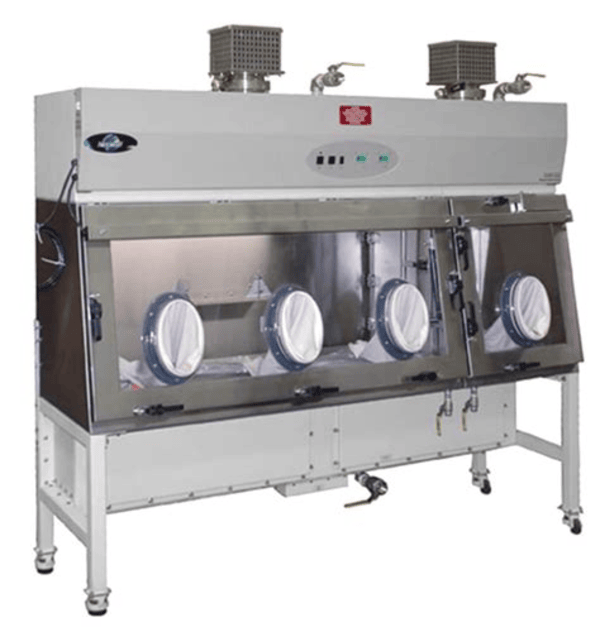
Biological safety cabinet class III
Uses of Biological Safety Cabinets
Biological safety cabinets (BSCs) are essential in laboratories handling hazardous microorganisms, viruses, and toxic chemicals. They ensure containment and safe processing of materials across different biosafety levels (BSLs). Increase in BSL indicates higher danger of pathogenicity.

Biosafety Levels (BSL) Pyramid
- Class I Biological Safety Cabinets: These cabinets are suitable for handling low to moderate-risk agents (BSL I). They protect the user and environment but do not filter incoming air, making them unsuitable for sterile research materials such as cell lines. They are commonly used to enclose equipment or procedures that generate aerosols, such as centrifugation and tissue homogenization.
- Class II Biological Safety Cabinets: Widely used in research and clinical laboratories, these cabinets provide a partial barrier for safely working with microorganisms ranging from low to high risk (BSL I to III).
- Class III Biological Safety Cabinets: These are fully enclosed, gas-tight cabinets offering the highest level of protection for personnel (BSL IV), the environment, and research materials. All operations inside are conducted using attached rubber gloves, ensuring complete containment.
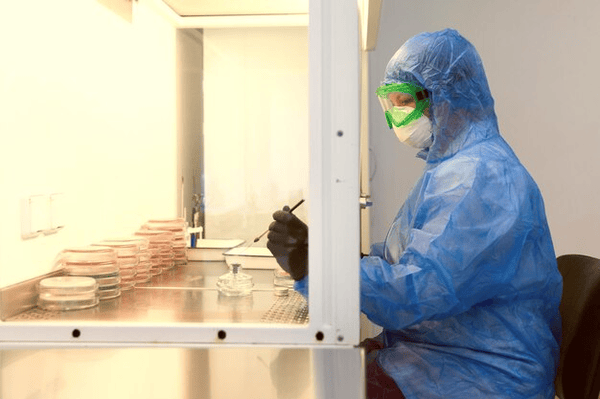
Where to Buy Biological Safety Cabinet in India?
Labkafe provides high quality biosafety cabinets in India for research labs, college laboratories and pharmaceutical companies.
To purchase a Biosafety cabinet, contact our lab experts today!
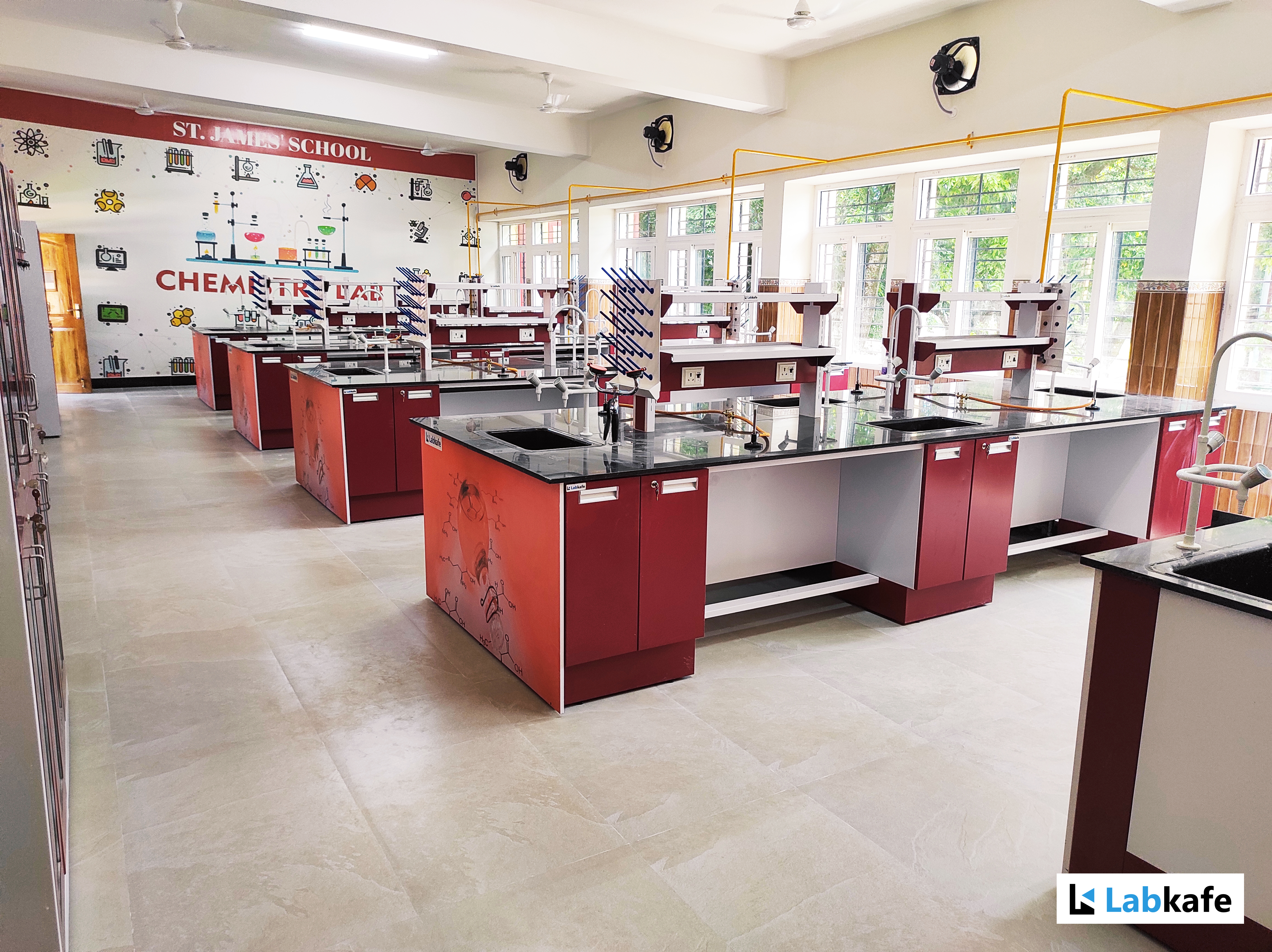

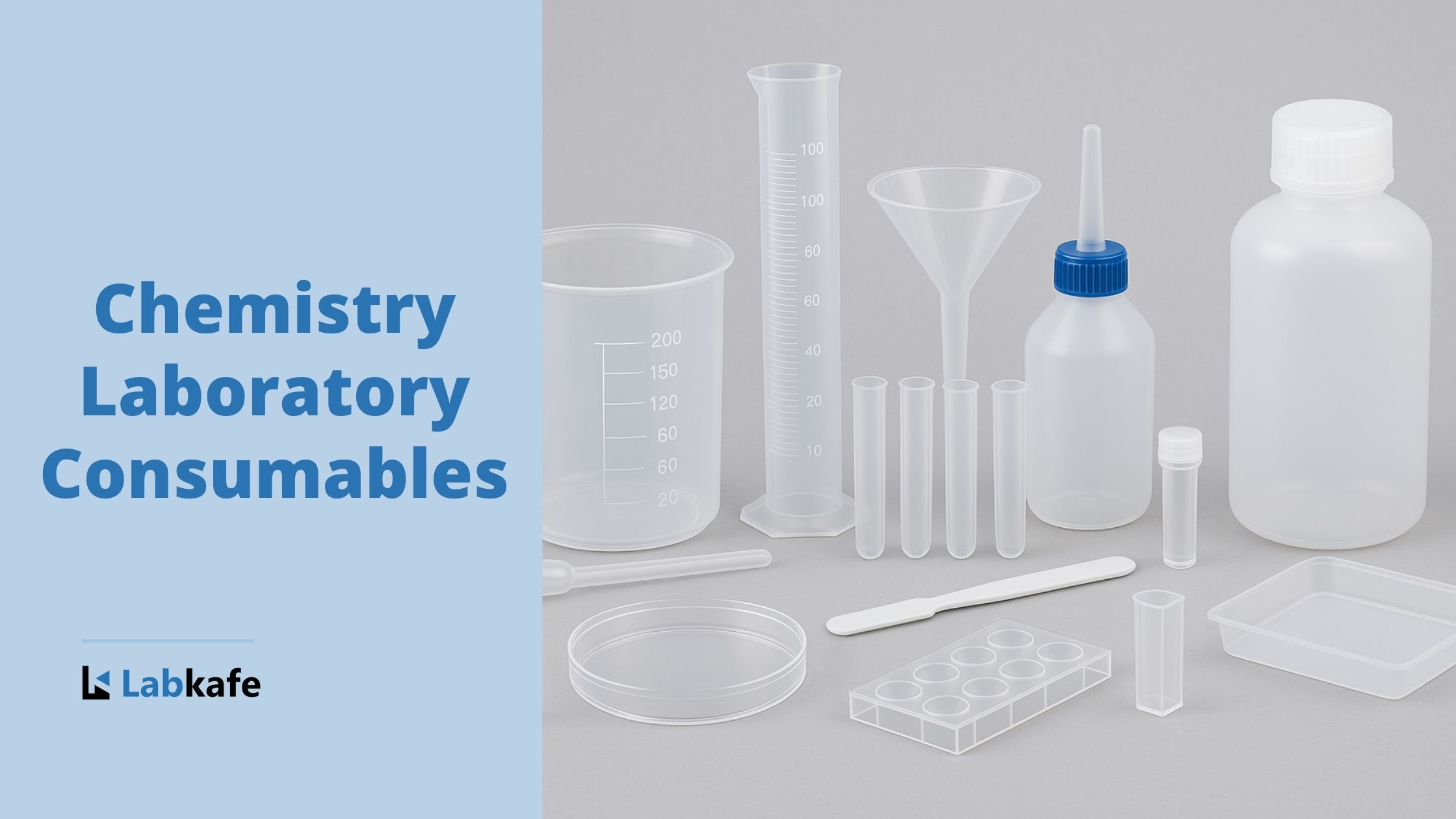
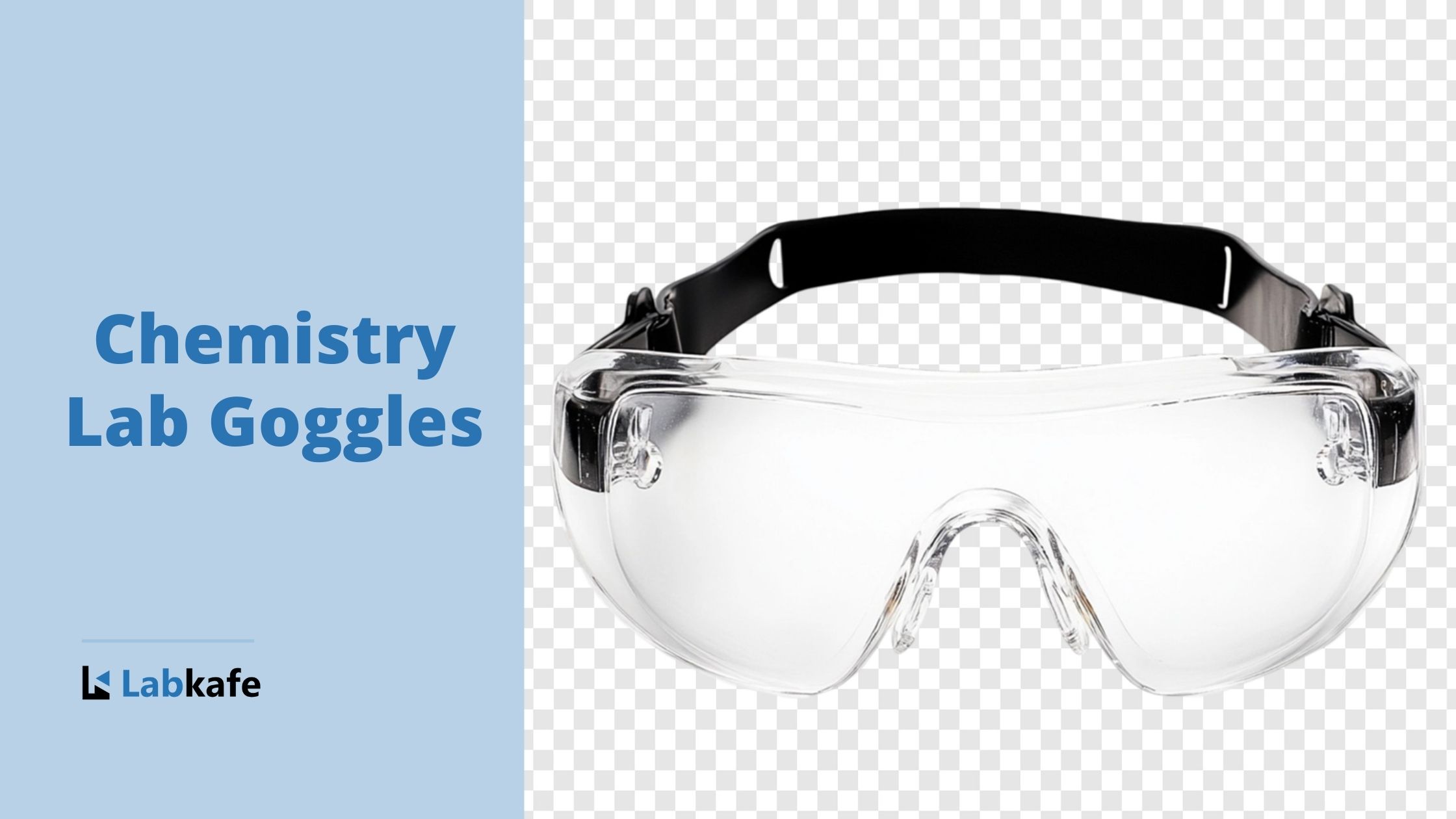
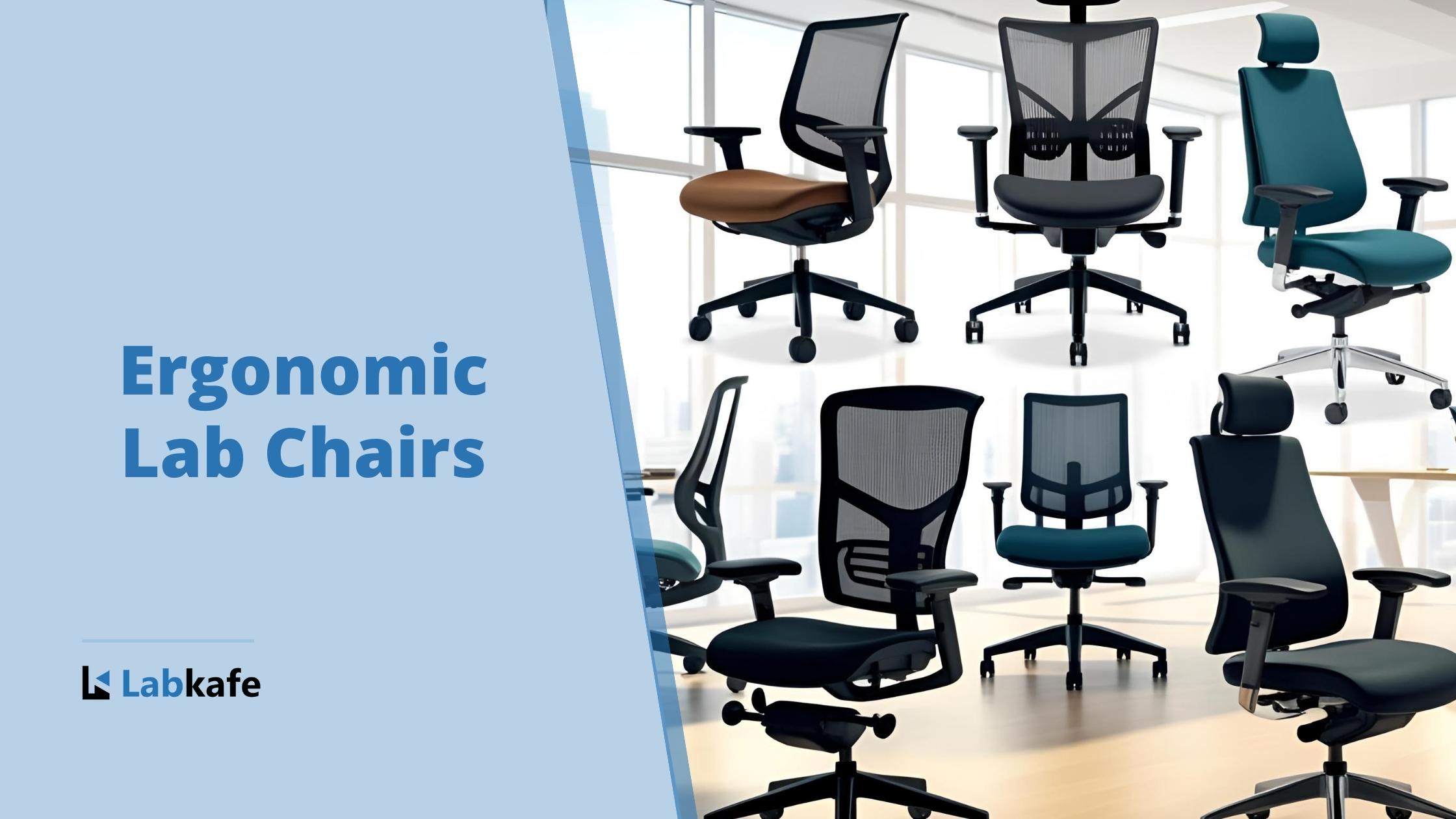
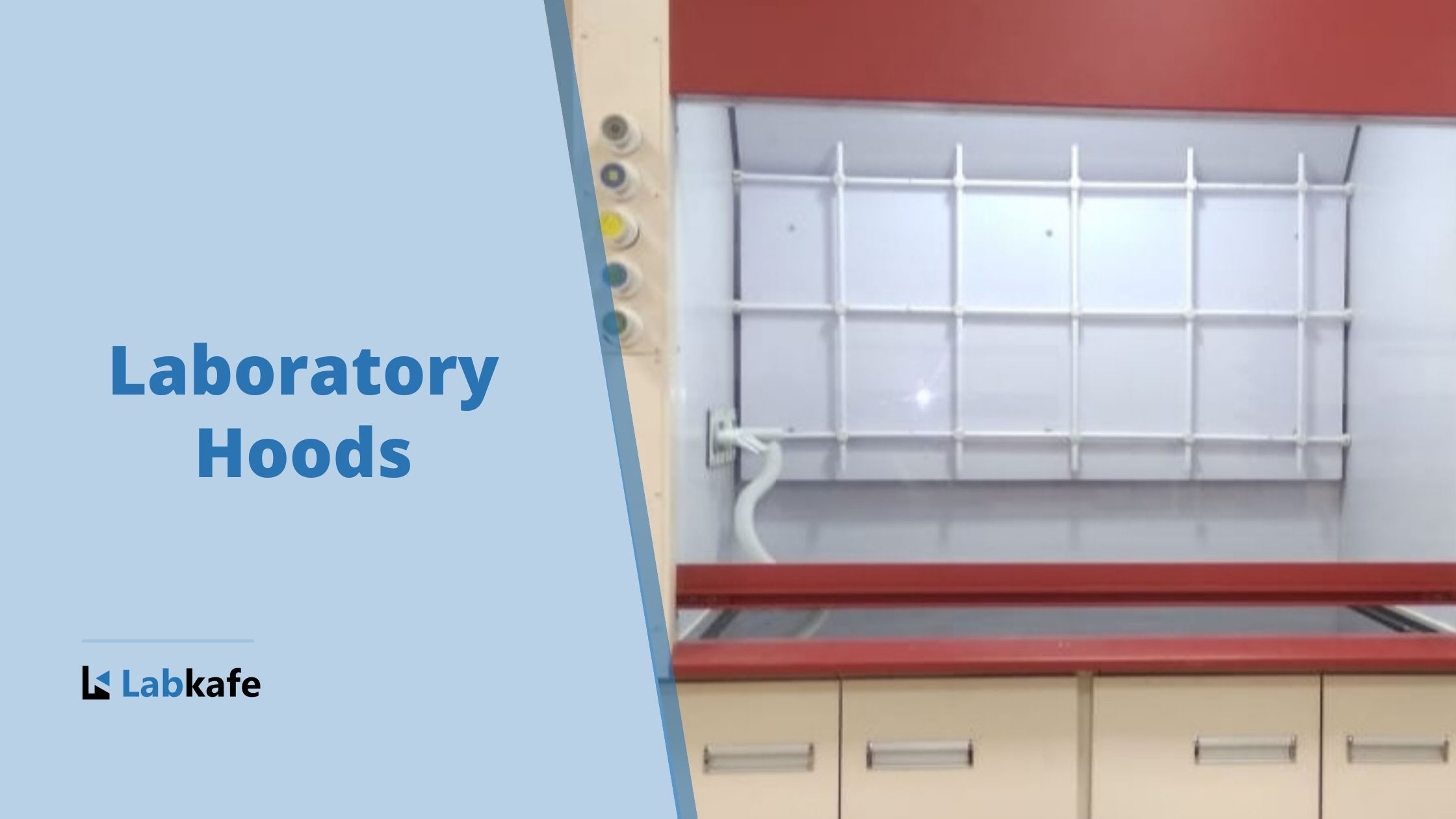

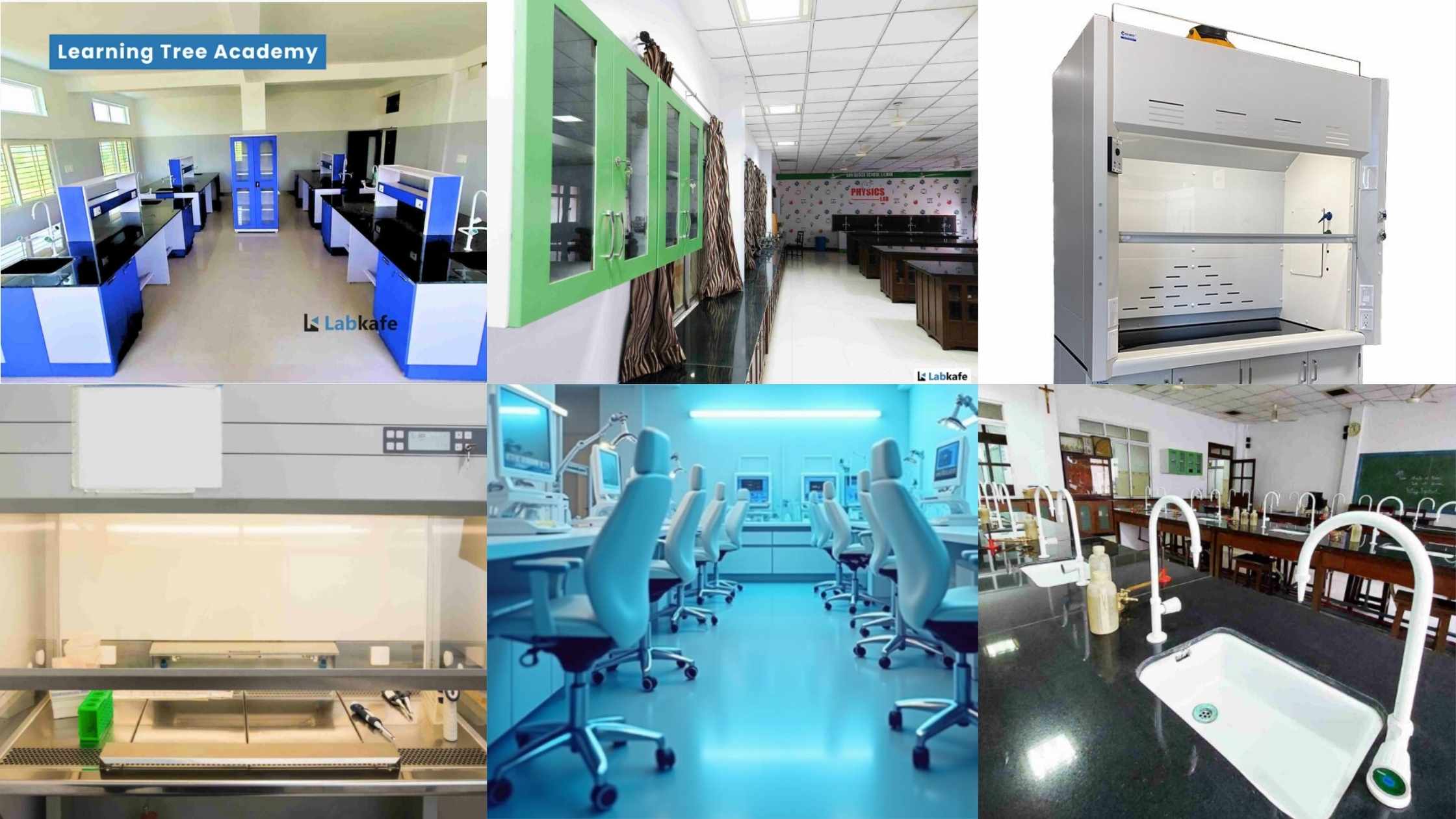
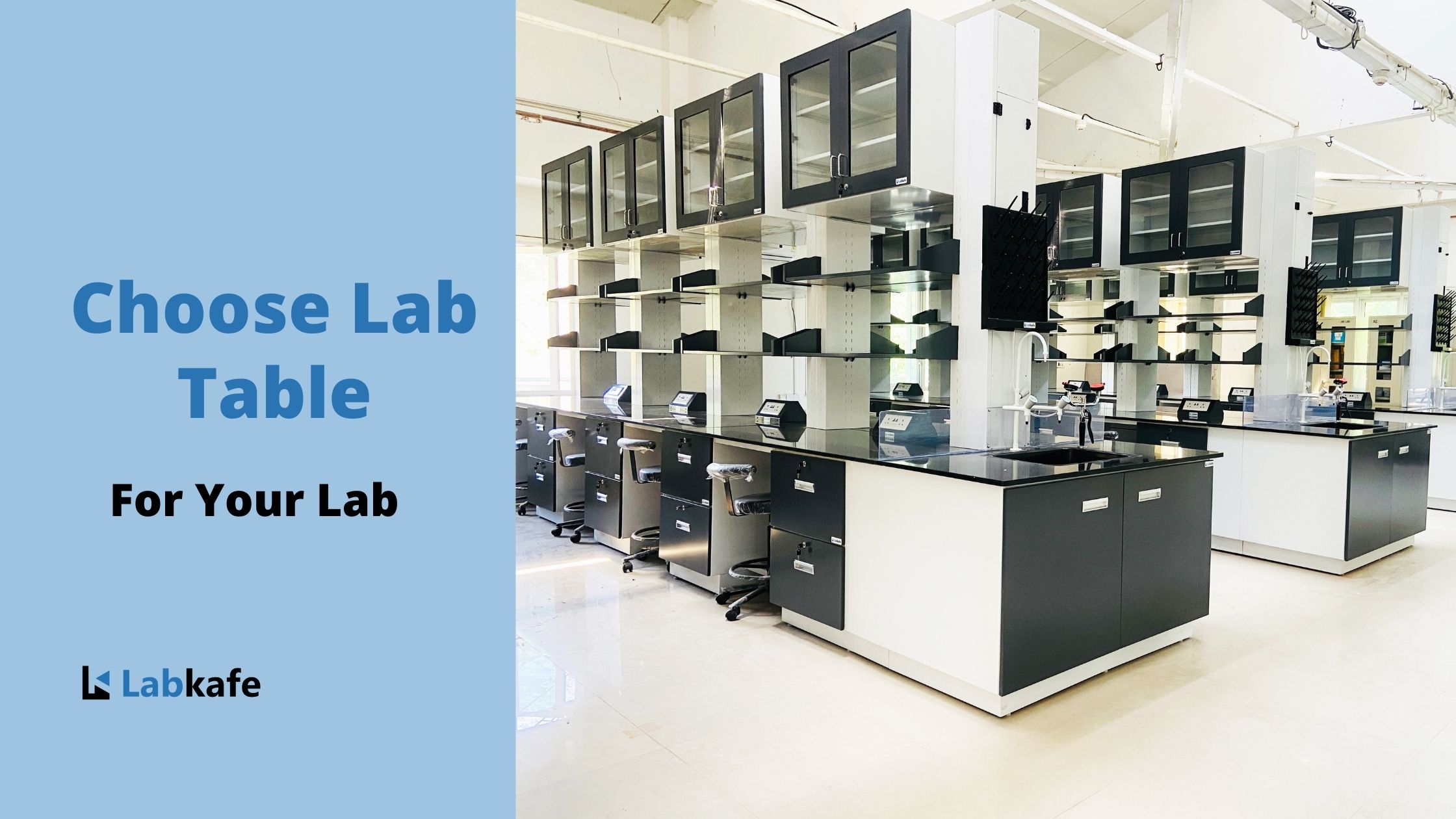
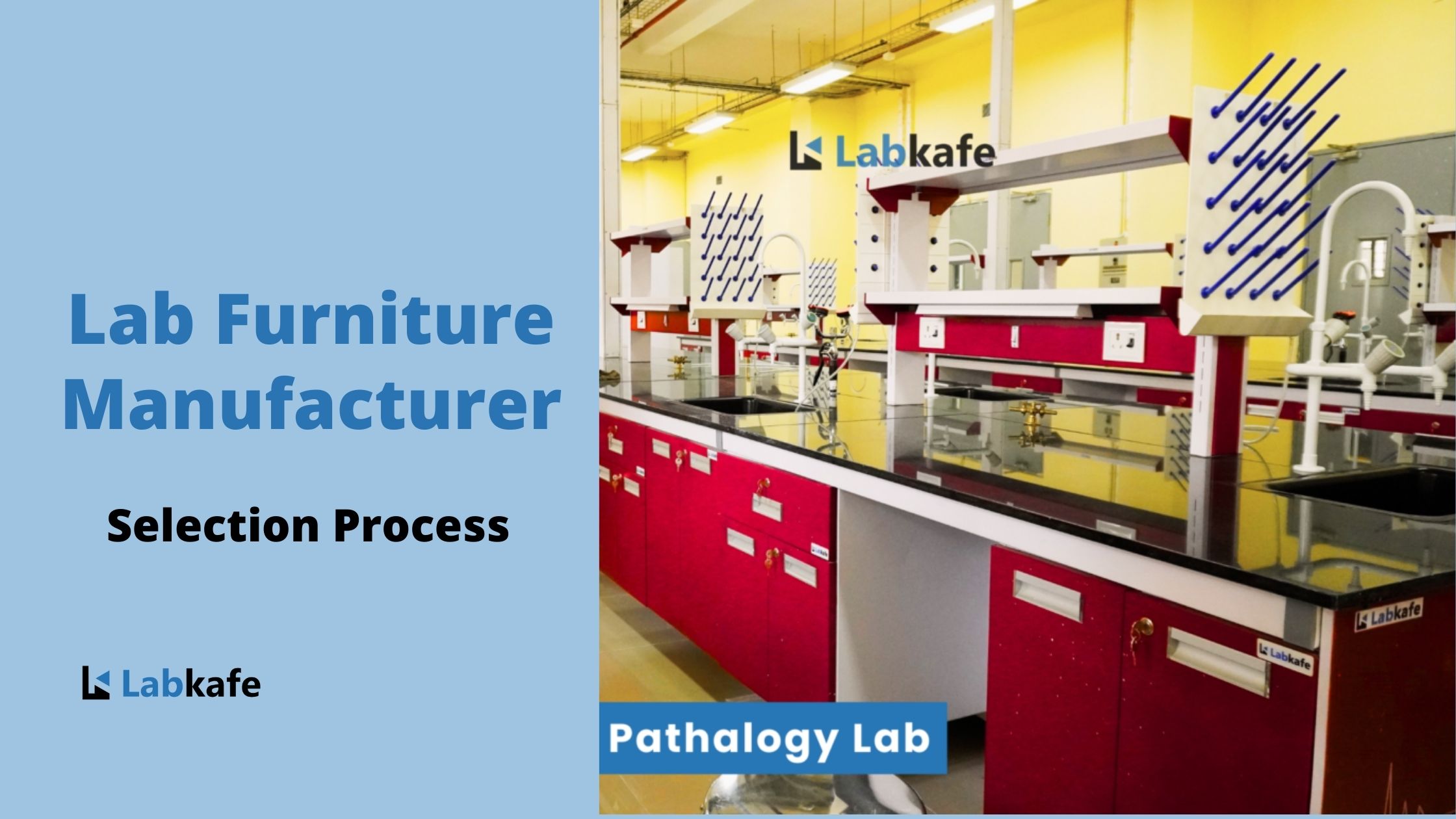


Leave a Reply